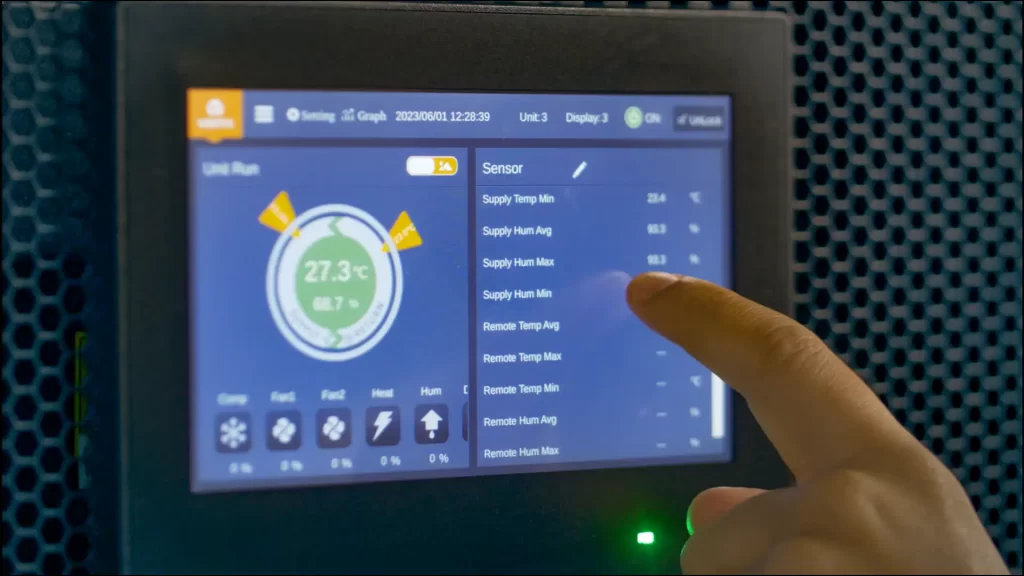The Coexistence of Cloud and Data Centers
The narrative that the cloud will render data centers obsolete is overly simplistic. Instead, the future of IT infrastructure will see a harmonious coexistence between the cloud and data centers. Each offers unique strengths that, when combined, create a comprehensive solution capable of meeting the diverse needs of modern businesses.
Data centers will continue to play a critical role in ensuring security, compliance, and performance for mission-critical applications, while the cloud will provide the flexibility and scalability required for dynamic and less sensitive workloads. This balanced approach enables organizations to adapt to evolving technological landscapes and achieve their strategic goals.
In conclusion, the future of data centers is not a story of obsolescence, but rather one of evolution and integration. As cloud computing advances, the capabilities and importance of traditional data centers will advance as well. Together, they will form a resilient and adaptable IT infrastructure capable of supporting the growing demands of the digital era. The coexistence and continuous growth of both models will drive innovation and efficiency, ensuring that organizations can meet their evolving business needs while maintaining high standards of security and compliance.

